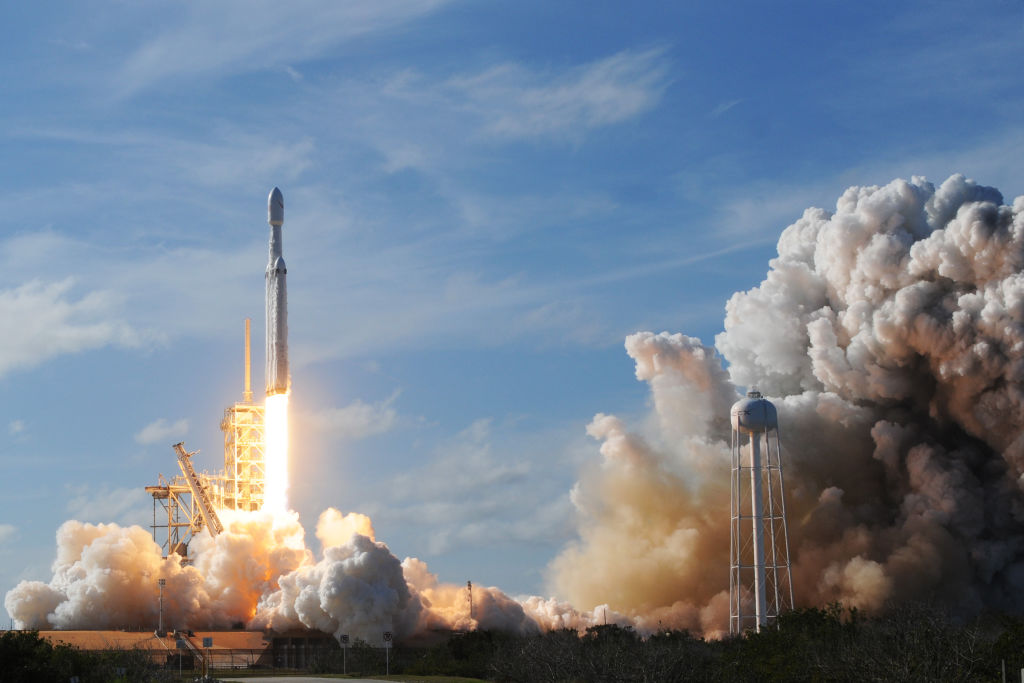NASA and SpaceX are together launching a new satellite into space Monday, with the goal of finding other planets that can potentially support life.
The new spacecraft is called TESS, or the Transiting Exoplanet Survey Satellite, and is tasked with discovering “thousands of exoplanets in orbit around the brightest stars in the sky,” according to NASA’s website.
“To me, TESS represents the very first opportunity to really, truly make progress in this area of trying to find signs of life on other worlds,” MIT astrophysics professor Sara Seager told CNET in an interview. “It really has a chance to find a rocky planet … that’s the right distance from its star, the right temperature to have life on its surface. Tess will find a pool of planets like that.”
TESS’s mission is to monitor and catalogue over 200,000 stars in space for signs of other existing planets. The spacecraft will scan our solar neighborhood looking for stars that exhibit “temporary drops in brightness caused by planetary transits,” which is a sign that a previously undiscovered planet may be crossing in front of a star, NASA’s website explains.
We're set to launch our new planet-hunting spacecraft, @NASA_TESS. Weather is 80% GO for Monday's 6:32pm ET launch. Get the latest updates leading to the liftoff of the mission: https://t.co/mpkAzeKJTJpic.twitter.com/zd4I6rqiam
— NASA (@NASA) April 15, 2018
The new exoplanet-hunting satellite will officially be launched by Elon Musk’s aerospace company SpaceX on a Falcon 9 rocket. The launch is scheduled for Monday, April 16 at 6:32 p.m. ET at Space Launch Complex 40 at the Cape Canaveral Air Force Station in Florida.
TESS’s predecessor, the Keppler Space Telescope, is a planet-hunting space telescope that was launched by NASA in 2009. The Keppler Telescope did the legwork for TESS by surveying the Milky Way Galaxy to determine how many Earthlike planets may be near us, according to NASA’s website.
Now it’s TESS’s turn to take Keppler’s discoveries one step further and narrow down the possible contenders for the next Planet Earth.
But if NASA’s newest satellite doesn’t find the next habitable planet, don’t worry — you can always make a reservation at Aurora Station, the world’s first luxury space hotel.












